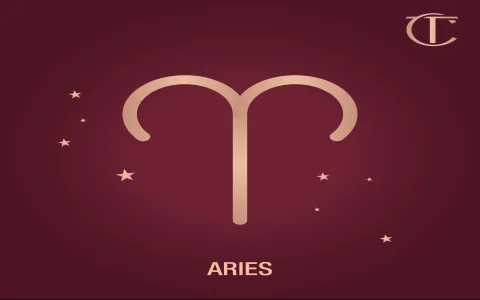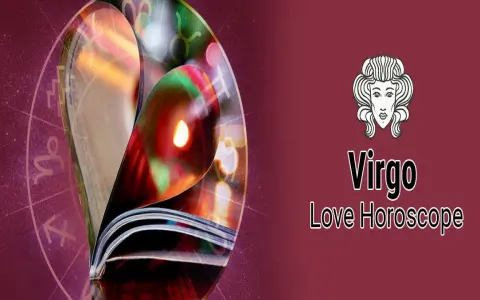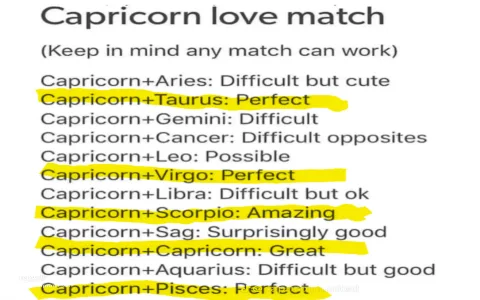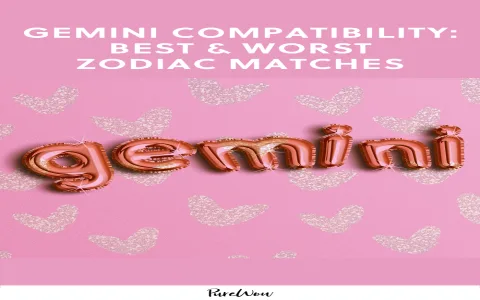Look, I hit a wall with dating. Absolute failure state. I had tried the casual approach, the hyper-serious approach, the ‘just be yourself’ approach, and honestly, none of it was sticking. My system was broken. So, like any good engineer facing a failing deployment, I decided to stop trying to fix the old code and just throw an entirely new, slightly ridiculous methodology at the problem. I decided to treat finding ‘my person’ like a data science project where astrology was the weird, initial input variable.
Establishing the Baseline: Why Virgo 2024?
I started by mapping out the problem space. The internet was flooded with these specific 2024 Virgo predictions—they all stressed stability, commitment, and making practical moves. Since I felt like I needed stability and practicality, I decided to use this specific horoscope as my new set of operational guidelines. It was a completely random choice, maybe I saw an ad for it, but I needed a structured plan, and this gave me one, however flimsy.
My first step was to collect all the common predictions. I didn’t just read one article; I consumed every piece of content I could find across five different sites. I needed to extract the core, repeated behavioral traits and suggested ‘optimal meeting times.’ I boiled down three dozen abstract paragraphs into a list of four non-negotiable personality requirements and two specific calendar windows for maximum social effort.
The key takeaways I extracted were:
- Focus on Groundedness: Look for people who talk about routine and future plans, not just spontaneous fun.
- Seek Detail Orientation: Someone who pays attention to small things in their life and ours.
- Optimal Window 1: Early Spring (April/May).
- Optimal Window 2: Mid-Autumn (September/October).
Executing the Strategy: Profile Scrubbing and Filter Implementation
With my new parameters locked in, I kicked off the practical execution phase. First, I had to fix my own data presentation. I scrubbed my dating app profiles clean. I removed every single mention of anything vague or dramatic. Since the prediction said Virgos should seek detail, I rewrote my bio to be hyper-specific. Instead of saying “I like hiking,” I wrote, “I track miles on my trail runs every Saturday morning at the local state park.” I wanted my profile to scream structure.
Next, I implemented aggressive filtering on the apps. I stopped blind swiping entirely. My filters were tightened to focus almost exclusively on traits linked to stability and planning. If a profile said, “I have no fixed plans,” or “Just looking to see what happens,” I immediately archived them without review. This meant my daily matches dropped to maybe three people, but I was confident I was analyzing high-quality leads based on my new system.
The real commitment came with the ‘Optimal Windows.’ I scheduled specific social activities during the predicted spring window. I didn’t just wait for people to show up; I forced myself to attend three different organized events that required commitment—a community garden project and a book club focused on non-fiction history. I met absolutely zero people who fit the romantic description at the garden, mostly neighbors just trying to grow decent tomatoes. But the purpose wasn’t the immediate connection; it was the structured practice.
The Data Tracking and Pivot Point
The crucial part of this whole experiment was the data tracking. I built a rudimentary spreadsheet to monitor interactions. Every time I went on a first date, I didn’t just jot down “was it fun?” I logged five specific metrics related to the Virgo guidelines: Did they arrive exactly on time? Did they follow up promptly? Did they articulate clear goals for the next year? This felt clinical, but I was treating dating like a scientific observation.
I ran the full cycle through the first optimal window. The data showed something strange: the dates who scored high on my “Virgo compatibility metric” were incredibly stable, yes, but also often dull. The whole system was leading me toward partners who were predictable but lacking spark. I recognized the critical flaw in my hypothesis: I had used the horoscope to define the type of person I should find, rather than using the process to define the type of relationship I wanted.
The system was perfect, but the input data (the horoscope) was meaningless. I realized the true value wasn’t the stars; it was the discipline. By forcing myself to be structured, I had finally figured out what I actually valued: consistency mixed with spontaneity. I trashed the spreadsheet, but I kept the habit of clarity. I stopped filtering based on vague predictions and started filtering based on the specific, tangible traits I had accidentally discovered I needed during the experiment.
Funnily enough, the person I actually started seeing—and who checks all the boxes for me now—I met completely randomly at a local coffee shop, nowhere near my ‘optimal windows.’ But because I had spent two months rigorously defining my requirements, I recognized “my person” instantly when they appeared. The stars didn’t help me find them, but the forced structure of the experiment sure did. I learned how to find my person by focusing on the process, not the prophecy.

